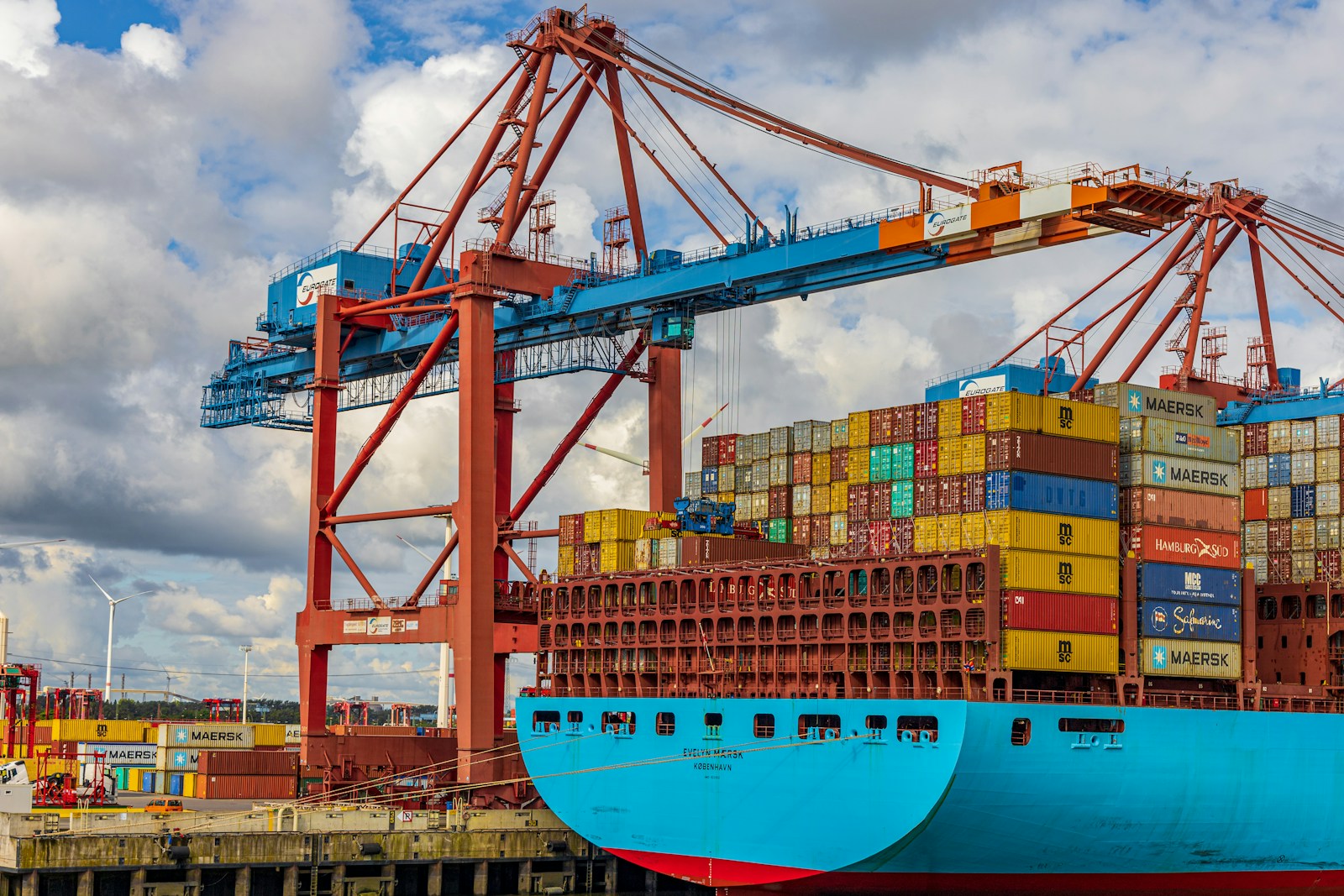
America First - Hamburg(s) Last? President Trump's tariff policy and its likely impact on Hamburg's economy
HWWI Studies, No. 3, Hamburg Institute of International Economics.
The present study deals with the question of how tariff policy measures of the Trump administration would probably affect Hamburg’s economy. It is assumed that, based on the Presidential Implementing Decrees of February 1, 2025, a tariff of 25% will be imposed on all products from Mexico and Canada, with the exception of a ten percent markup on energy products from Canada and 10% on certain imports from the People’s Republic of China. In addition, it is assumed that counter-tariffs of the same amount would be levied on US exports to these regions. In line with this policy, a baseline scenario assumes that the U.S. government will impose import duties on goods from the European Union at a rate of 10%. In an alternative scenario, tariffs on goods from the European Union of 25% are assumed. In both cases, corresponding counter-tariffs on US products are assumed.
The main results can be summarized as follows:
- The economic impact of the assumed US tariff policy on other nation states is very small. In contrast, the USA itself would experience a deep recession.
- For Hamburg, the HWWI model forecasts a neutral overall effect on gross domestic product with a slight decline in the number of persons in employment. The decline in the balance of exports will be offset ex post by increases in demand for private consumer goods and capital goods.
- Development at the industrial level depends primarily on how close trade links with the US and non-US regions are ex ante. A strong dependence on exports to the USA tends to have a damaging effect. This applies, for example, to the water and air transport sectors. Conversely, sectors that tend to export to other regions of the world, such as iron and steel production, benefit from the tariffs.
- The Port of Hamburg and the airport could thus be among the most affected by the emerging trade conflict. A major reason for this is the reduction in demand for goods that are delivered to the USA via long-distance transport. The water and air transport sectors with a sole focus on freight and passenger transport are therefore expected to record significant declines in output and employment. Sectors in the areas of other service products and services, warehousing and support activities as well as land transport, which also make a significant contribution to the value creation of the Port of Hamburg and Airport in the form of service, freight forwarding and logistics activities, among other things, are experiencing only very slight negative developments.
- The sensitivity analysis with (counter) tariffs of 25% shows that there is a stronger price decline of products from the European Union imported into the USA. As a result, the effects on regional and industrial development in Hamburg described for the 10% scenario are reinforced by comparatively higher tariffs.
- The probability of being able to avoid negative effects of a trade conflict increases with the degree of trade links with non-US regions, as this means that intermediate products can be procured more cheaply and end products can be sold more easily. In the case of Hamburg, this applies in particular to trade with the other German as well as European regions. A broad diversification of Hamburg’s retail portfolio is therefore (still) desirable.


